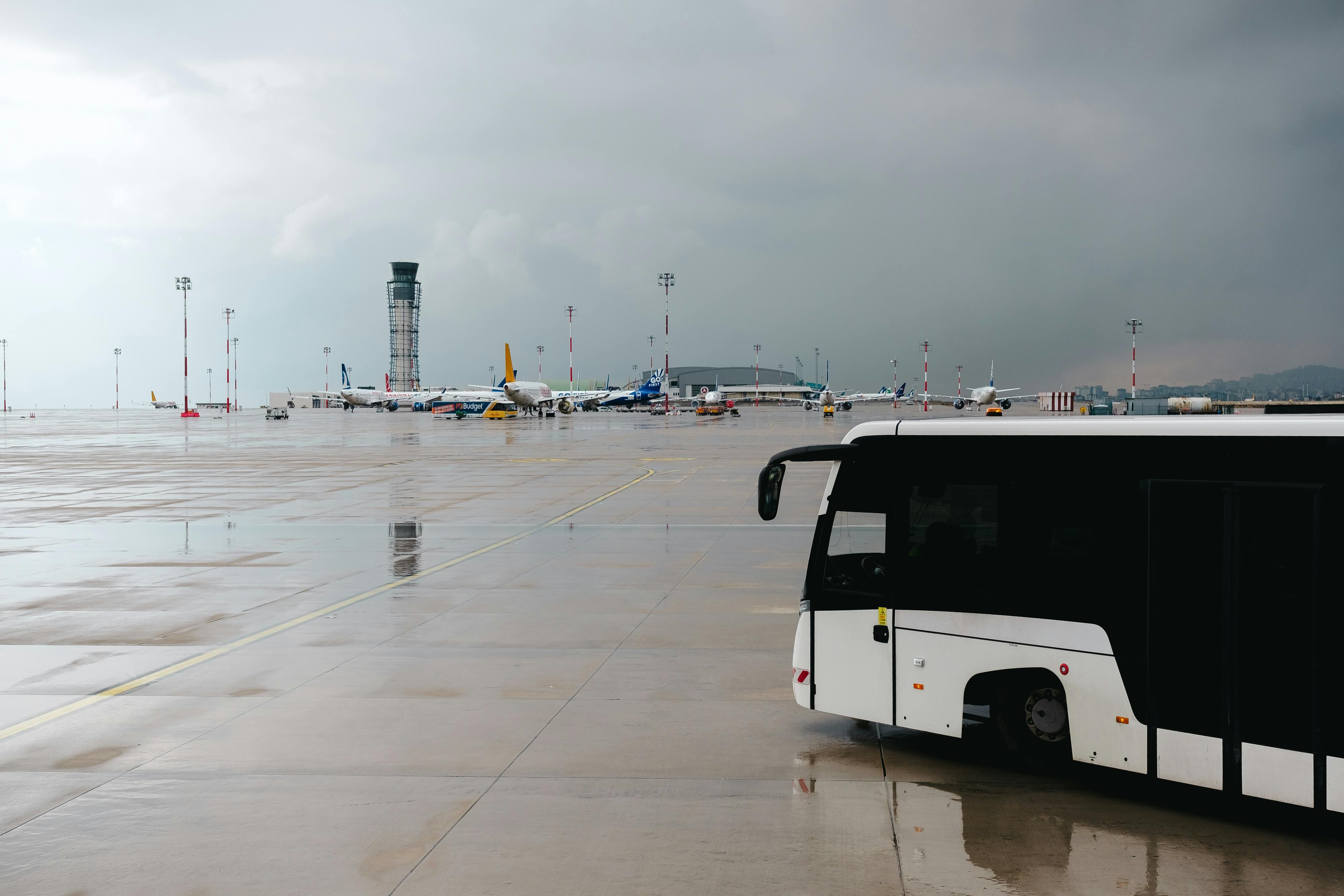Delving into the Intricacies of Green Aviation: An Eco-Conscious Shift in Air Travel
In the ever-evolving landscape of travel and transportation, it's no secret that sustainability has become a hot topic. As travelers become increasingly conscious of their carbon footprints, the aviation industry is taking strides to become more eco-friendly. This thought-provoking shift towards green aviation is reshaping the way we travel, offering a fresh and unique perspective on sustainable transportation.

A Brief History of Aviation and its Environmental Impact
Aviation, as we know it today, has come a long way since the Wright brothers’ inaugural flight in 1903. Over the past century, developments in technology and infrastructure have made air travel the fastest and most efficient way to traverse long distances. However, despite its convenience, aviation has long been scrutinized for its environmental impact.
Traditional aviation is responsible for around 2% of the world’s carbon dioxide emissions, not to mention its contribution to noise pollution and potential adverse effects on biodiversity. As the realities of climate change become increasingly stark, the industry is under pressure to reduce its environmental footprint.
The Advent of Green Aviation
In response to environmental concerns, the concept of green aviation was born. This progressive trend in air travel is all about reducing the environmental impact of aviation through innovative technologies and practices. From biofuels to electric planes, green aviation is paving the way for a more sustainable future in transportation.
The advantages of this shift are manifold. Not only does green aviation help mitigate environmental damage, but it also opens up new opportunities for technological innovation and economic growth. However, the transition towards a more sustainable aviation industry is not without its challenges. High implementation costs, regulatory hurdles, and technological constraints are just some of the obstacles that need to be overcome.
The Latest Developments in Green Aviation
Today, green aviation is at the forefront of the travel and transportation industry. Airlines and aircraft manufacturers are investing heavily in research and development to create more fuel-efficient aircraft and explore alternative energy sources. For instance, biofuels made from renewable resources, such as algae or waste, are being tested for their potential to reduce carbon emissions.
Electric planes, though currently limited by battery capacity and weight, are another promising avenue for green aviation. Companies like Eviation and Zunum Aero are pioneering this space, developing electric aircraft that could revolutionize short-haul flights.
Practical Tips for Eco-conscious Travelers
- Choose airlines that prioritize sustainability: Many airlines are increasing their commitment to green aviation. Look for airlines that are investing in fuel-efficient aircraft, using sustainable aviation fuel, or implementing carbon offset programs.
- Opt for direct flights: Non-stop flights are more fuel-efficient than flights with one or more stops, as take-offs and landings consume a significant amount of fuel.
- Pack light: The more weight an aircraft carries, the more fuel it uses. By packing only what you need, you can contribute to more fuel-efficient flights.
- Consider carbon offsetting: Some airlines offer passengers the option to offset their flight’s carbon emissions by investing in environmental projects.
In conclusion, the shift towards green aviation is a compelling development in the travel and transportation industry. As we navigate the challenges of climate change, it offers a beacon of hope for a more sustainable future. Whether you’re a frequent flyer or an occasional traveler, understanding and embracing green aviation can make your journeys more eco-conscious and rewarding. By making informed decisions and taking small steps towards sustainable travel, we can all play a part in shaping the future of aviation.





